Skin Cancer Carcinogenesis: Risks, Diet, and Natural Support
Skin cancer includes a range of conditions, from benign lesions caused by age or sun exposure to invasive forms like basal cell carcinoma, squamous cell carcinoma, and melanoma. Basal cell carcinoma is the most common type, often appearing as an ulcer-like growth that, if untreated, can damage the skin and bones. While it rarely spreads throughout the body, it can lead to significant health issues.
The main cause of skin cancer, particularly basal cell carcinoma, is overexposure to ultraviolet (UV) rays from the sun, especially when combined with high dietary intake of omega-6 fats. UVA rays cause skin cells to become acidic in individuals with diets high in sugar, fats, and dairy. This acidity flushes toxins to the skin, leading to irritation and raising the risk of cancer. To reduce this risk, getting morning sunlight, avoiding midday UV exposure, and limiting dietary omega-6 fats can be beneficial. The D Minder app can help track safe sun exposure.
Risks and Contributing Factors
UV rays cause about 90% of all skin cancers. Excessive sun exposure not only raises the risk of melanoma and other skin cancers but also accelerates skin aging and wrinkle formation. Individuals with compromised immune systems, such as those with AIDS, have an increased risk of developing skin cancer since their bodies struggle to combat abnormal cell growth caused by UV damage.
Pollution and chemical exposure further elevate skin cancer risk by depleting the ozone layer, which heightens UV exposure. Preventative measures like wearing protective clothing, using sunscreen, and avoiding tanning beds can significantly lower the risk of skin damage.
Traditional Chinese Medicine (TCM) and Skin Cancer
In TCM, the skin is linked to the Lung and Large Intestine meridians. It acts as the body’s first defense, mirroring the health of the lungs. Emotional states such as grief or sadness can weaken the Lung meridian, reducing the skin’s protective ability. Emotions like anger or frustration, associated with the Liver meridian, can affect skin health by disrupting the body’s detoxification process. In TCM, balancing these emotional and organ systems can help maintain healthy skin.
Dietary Approaches for Skin Cancer
Diet plays a crucial role in preventing skin cancer. Carotenoids, found in vegetables like carrots and leafy greens, act as antioxidants that protect the skin from UV damage. Consuming foods rich in lutein, a type of carotenoid, can support skin health by scavenging free radicals. Foods high in selenium, such as Brazil nuts and sunflower seeds, enhance the skin’s natural defense against UV damage.
Vitamin A, found in fruits and vegetables, is vital for skin health. Research shows that retinol, a form of vitamin A, effectively prevents squamous cell skin cancer. Beta-carotene, a precursor to vitamin A found in carrots and sweet potatoes, can help treat precancerous skin lesions. Including these nutrients in your diet can significantly support skin health.
Vitamin C, especially when paired with quercetin, offers potent antioxidant protection, helping the skin resist UV damage. Foods high in vitamin C, like oranges and strawberries, along with quercetin-rich foods such as onions and apples, help counteract oxidative stress and support overall skin health.
Nutrient and Herbal Support for Skin Health
Herbs and natural compounds can support skin health. Red clover has properties that benefit melanoma treatment, while tea tree oil has antimicrobial and healing qualities that promote skin health. Applying these herbs topically can soothe irritation and protect against infections.
Antioxidants like coenzyme Q10 protect the skin from free radical damage. Exposure to UV light can deplete this compound in the skin, so maintaining adequate levels through diet or supplementation can help protect against skin cancer. Additionally, incorporating essential fatty acids found in fish, flaxseed, and chia seeds can reduce inflammation and support skin integrity.
Chakras and Skin Cancer
The root chakra (Muladhara) and solar plexus chakra (Manipura) relate to skin health. The root chakra, located at the base of the spine, influences our sense of safety and security. A balanced root chakra fosters grounding and stability, which supports the body’s defenses, including the skin. Imbalances can lead to feelings of insecurity, contributing to stress and weakening the skin’s resilience.
The solar plexus chakra, situated in the upper abdomen, governs personal power and self-esteem. It also aids in detoxification processes. Imbalances here can result in digestive issues and liver dysfunction, indirectly affecting skin health. Practicing grounding exercises, yoga, and meditation can help balance these chakras, promoting the body’s natural healing abilities and maintaining healthy skin.
Conclusion
Skin cancer results from various factors, including environmental influences, lifestyle choices, and internal imbalances. A holistic approach—encompassing dietary adjustments, nutrient support, and lifestyle changes—can help reduce skin cancer risk and support skin health. By protecting the skin from UV exposure, eating an antioxidant-rich diet, and addressing emotional well-being through TCM and chakra balancing, individuals can effectively manage and prevent skin cancer.

